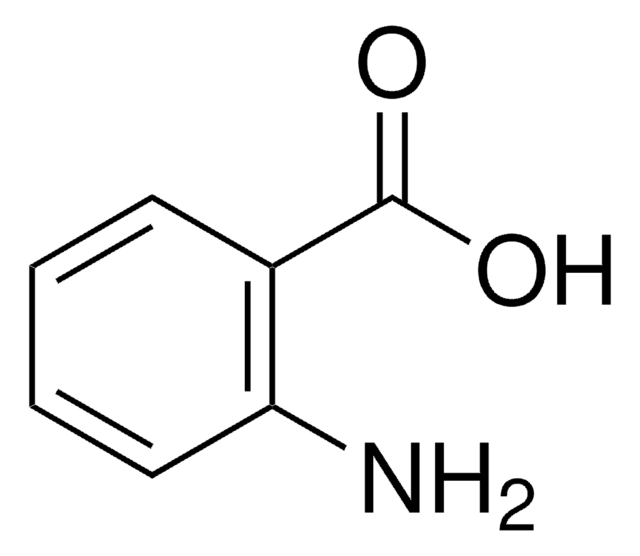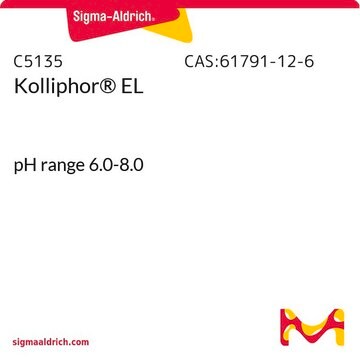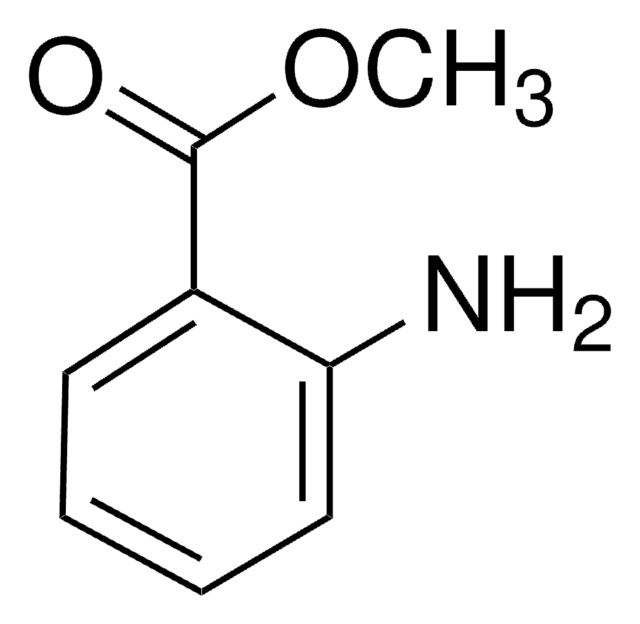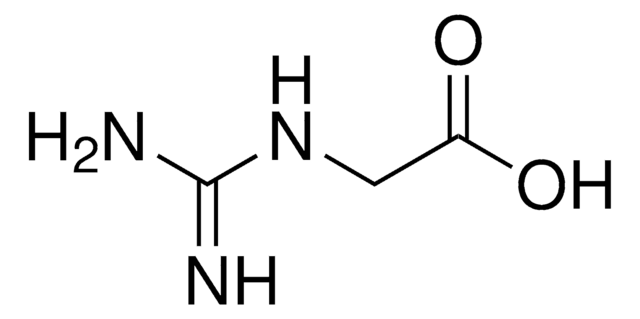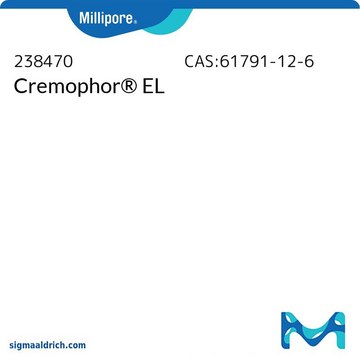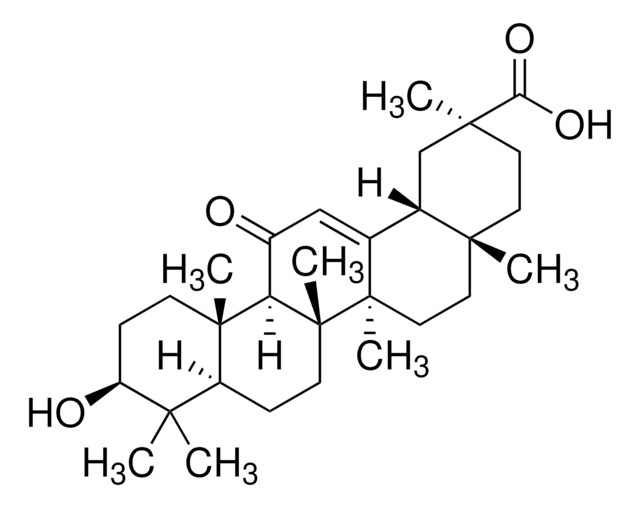A8486
N-(p-Amylcinnamoyl)anthranilic acid
≥98% (HPLC)
Synonyme(s) :
2-[[1-oxo-3-(4-Pentylphenyl)-2-propen-1-yl]amino]-benzoic acid, ACA, N-(4-Pentylcinnamoyl)anthranilic acid
About This Item
Produits recommandés
Pureté
≥98% (HPLC)
Forme
powder
Couleur
white to off-white
Solubilité
DMSO: ≥20 mg/mL
Température de stockage
room temp
Chaîne SMILES
CCCCCc1ccc(\C=C\C(=O)Nc2ccccc2C(O)=O)cc1
InChI
1S/C21H23NO3/c1-2-3-4-7-16-10-12-17(13-11-16)14-15-20(23)22-19-9-6-5-8-18(19)21(24)25/h5-6,8-15H,2-4,7H2,1H3,(H,22,23)(H,24,25)/b15-14+
Clé InChI
GAMRBCZMOOMBSQ-CCEZHUSRSA-N
Description générale
Application
Actions biochimiques/physiologiques
Caractéristiques et avantages
Mention d'avertissement
Warning
Mentions de danger
Conseils de prudence
Classification des risques
Aquatic Acute 1 - Aquatic Chronic 1
Code de la classe de stockage
11 - Combustible Solids
Classe de danger pour l'eau (WGK)
WGK 3
Point d'éclair (°F)
Not applicable
Point d'éclair (°C)
Not applicable
Certificats d'analyse (COA)
Recherchez un Certificats d'analyse (COA) en saisissant le numéro de lot du produit. Les numéros de lot figurent sur l'étiquette du produit après les mots "Lot" ou "Batch".
Déjà en possession de ce produit ?
Retrouvez la documentation relative aux produits que vous avez récemment achetés dans la Bibliothèque de documents.
Les clients ont également consulté
Articles
Phospholipase A2 (PLA2) designates a class of enzymes that hydrolyze the sn-2 ester of glycerophospholipids to produce a fatty acid and a lysophospholipid. It has become clear that some of these enzymes liberate arachidonic acid in mammalian cells for the biosynthesis of eicosanoids, and thus there has been considerable interest in developing PLA2 inhibitors. Based on amino acid sequences, there are now more than 12 distinct groups of mammalian PLA2s, as well as many non-mammalian forms, all of which have been classified into 14 distinct groups with many subgroups.
We offers many products related to transient receptor potential channels for your research needs.
Notre équipe de scientifiques dispose d'une expérience dans tous les secteurs de la recherche, notamment en sciences de la vie, science des matériaux, synthèse chimique, chromatographie, analyse et dans de nombreux autres domaines..
Contacter notre Service technique